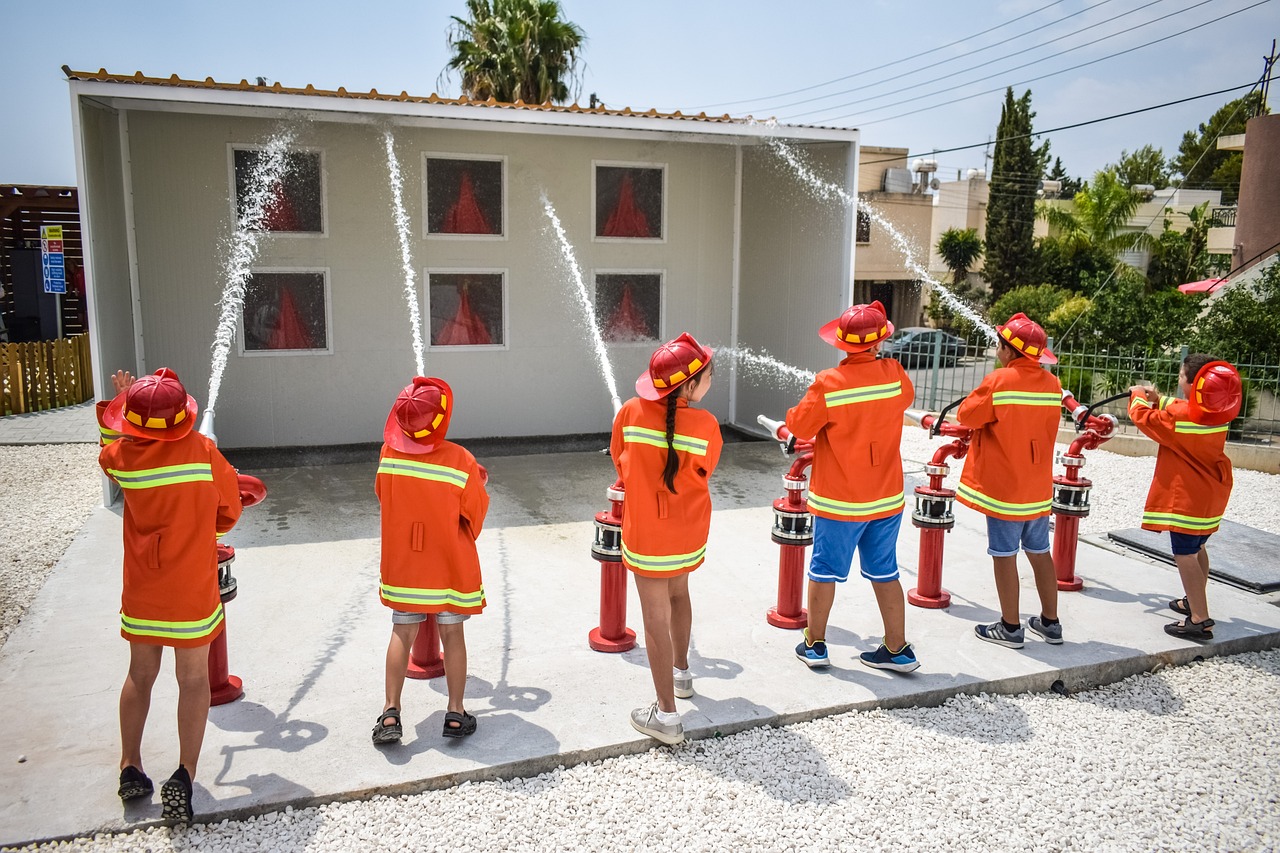The Role of Vocational Education in Economic Development
Vocational education plays a crucial role in equipping individuals with the practical skills and knowledge needed to excel in various industries. By offering hands-on training and specialized instruction, vocational programs prepare students for the demands of the workforce, ensuring they are ready to contribute effectively upon entering the job market. This type of education empowers individuals to pursue careers in fields such as healthcare, technology, and skilled trades, where there is a growing demand for competent professionals.
Moreover, vocational education fosters a strong connection between theory and practice, bridging the gap between classroom learning and real-world application. Through internships, apprenticeships, and on-the-job training opportunities, students can gain valuable experience and insight into their chosen field, enhancing their employability and productivity. As a result, vocational education not only benefits individuals by providing them with a competitive edge in their careers but also contributes to the overall development of a skilled and resilient workforce.
The Connection Between Vocational Training and Job Creation
Vocational training plays a crucial role in bridging the gap between the skills that job seekers possess and the requirements of employers. By providing specialized education and hands-on training in specific fields such as healthcare, construction, or technology, vocational programs equip individuals with the practical skills needed to succeed in the workforce. This targeted approach not only enhances job seekers’ employability but also ensures that they can meet the demands of employers, thereby contributing to job creation.
Moreover, vocational training is often tailored to meet the current and future needs of industries, allowing businesses to find skilled workers more easily. As industries evolve and new technologies emerge, vocational education programs can adapt their curriculum to ensure that graduates are equipped with the most relevant and up-to-date skills. This responsiveness to market demands leads to a more efficient matching of skilled workers with available job opportunities, ultimately driving job creation and economic growth.
How Vocational Education Helps Close the Skills Gap in the Labor Market
Vocational education plays a crucial role in bridging the skills gap in the labor market by providing individuals with practical skills and knowledge that directly align with the needs of employers. These programs focus on specific industries and equip students with the technical expertise required to excel in various job roles, thus making them highly sought after in the workforce. By offering hands-on training and industry-relevant coursework, vocational education ensures that graduates are well-prepared to meet the demands of the job market and contribute to the overall productivity of the economy.
Furthermore, vocational training enables individuals to enter the workforce more quickly and with a higher level of proficiency, reducing the time and resources needed for on-the-job training by employers. This not only benefits businesses by having skilled workers readily available but also helps to fill critical positions in high-demand sectors that are essential for economic growth. As the labor market continues to evolve and become increasingly specialized, vocational education serves as a vital tool in closing the skills gap and ensuring that the workforce remains competitive and adaptable to changing industry needs.
What is vocational education?
Vocational education is training that prepares individuals for specific careers or trades, often focusing on practical skills and hands-on experience.
How does vocational education help in closing the skills gap in the labor market?
Vocational education helps in closing the skills gap by providing individuals with the specific skills and training needed for in-demand jobs, thereby meeting the needs of employers and reducing the gap between the skills available in the workforce and the skills required by employers.
What are some examples of vocational training programs?
Examples of vocational training programs include automotive technology, cosmetology, welding, healthcare, culinary arts, and information technology.
How does vocational training contribute to job creation?
Vocational training contributes to job creation by producing a skilled workforce that can meet the demands of various industries, leading to increased productivity and economic growth.
Is vocational education only for individuals who do not plan to attend college?
No, vocational education is not only for individuals who do not plan to attend college. It is a valuable option for anyone seeking to acquire specific skills and training for a particular career path.







